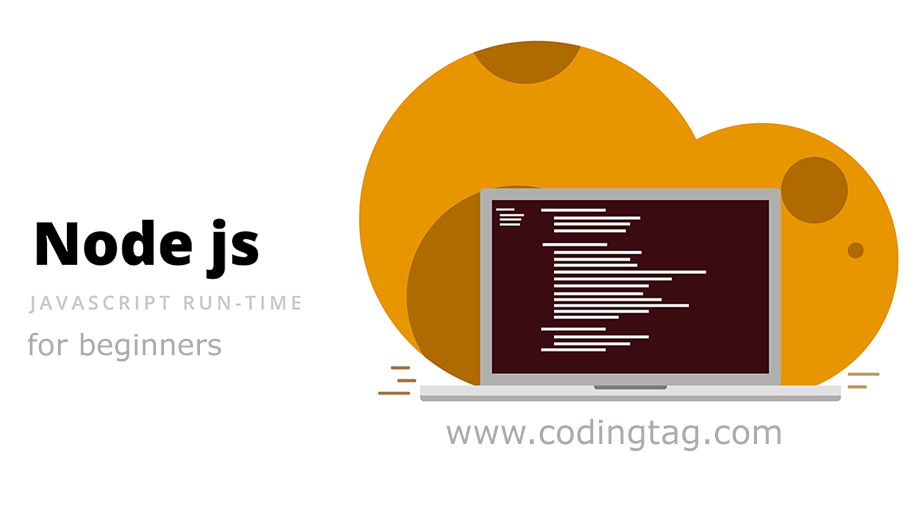Buffer.subarray() Method in Node.js
0 118
The Buffer.subarray() method in Node.js allows you to create a view on a part of an existing buffer. It is particularly useful when you need to extract a section of a buffer without creating a copy of the data, thus saving memory and improving performance.
What is the Buffer.subarray() Method?
The Buffer.subarray() method returns a new buffer that represents a portion of the original buffer. It does not create a copy of the data but instead provides a view over a specified portion of the original buffer, meaning changes to the subarray will affect the original buffer.
The Syntax of Buffer.subarray()
The syntax for the Buffer.subarray() method is as follows:
Buffer.subarray(begin, end)Here, begin is the starting index (inclusive), and end is the ending index (exclusive). If the end value is omitted, the subarray will extend from the begin index to the end of the buffer.
How to Use Buffer.subarray() in Node.js?
Let's look at a few examples to understand how the Buffer.subarray() method works:
Example 1: Creating a Subarray from a Buffer
const buffer = Buffer.from('Hello, World!');
const subarray = buffer.subarray(7, 12);
console.log(subarray.toString()); // Output: WorldIn this example, we create a buffer containing the string 'Hello, World!'. By calling buffer.subarray(7, 12), we extract a subarray from index 7 to 11, which gives us the word "World".
Example 2: Modifying the Original Buffer through Subarray
const buffer1 = Buffer.from('JavaScript');
const subarray1 = buffer1.subarray(0, 4);
subarray1[0] = 74; // Modifying the first byte in the subarray
console.log(buffer1.toString()); // Output: JavaScript (change reflects in the original buffer)Here, we modify the first byte of the subarray, and the change is reflected in the original buffer1. This demonstrates that the subarray provides a view over the original buffer, rather than a copy of it.
Use Cases of Buffer.subarray() Method
The Buffer.subarray() method is helpful in a variety of scenarios, including:
- Efficient data processing: When you need to extract portions of large buffers without creating copies of the data.
- Network communication: For handling binary data received over a network and processing specific segments of that data.
- File processing: When reading large files, you can extract relevant portions without loading the entire file into memory.
Advantages of Using Buffer.subarray()
The Buffer.subarray() method offers several advantages:
- Memory Efficiency: It allows you to work with slices of buffers without duplicating data, saving memory resources.
- Performance: As it doesn't copy data, it offers a faster way to handle parts of large buffers, especially when working with large datasets or streams.
Buffer.subarray() vs Buffer.slice()
You might wonder how Buffer.subarray() compares to the Buffer.slice() method, as both seem to extract parts of a buffer. Here’s a quick comparison:
- Buffer.slice(): Creates a copy of the data within the specified range. Changes to the slice do not affect the original buffer.
- Buffer.subarray(): Does not create a copy, but provides a view over the original buffer. Changes to the subarray will reflect in the original buffer.
Performance Considerations
While the Buffer.subarray() method is memory efficient, it's important to understand that since it references the original buffer, changes made to the subarray will impact the original buffer. This can be useful in some scenarios but should be used cautiously when the original buffer should not be modified.
Conclusion
The Buffer.subarray() method is an excellent tool for efficiently handling parts of large buffers in Node.js. It enables you to slice data without unnecessary memory overhead, making it ideal for performance-critical applications. Understanding its behavior, especially in terms of shared memory with the original buffer, is crucial for effective and safe use.
If you’re passionate about building a successful blogging website, check out this helpful guide at Coding Tag – How to Start a Successful Blog. It offers practical steps and expert tips to kickstart your blogging journey!
For dedicated UPSC exam preparation, we highly recommend visiting www.iasmania.com. It offers well-structured resources, current affairs, and subject-wise notes tailored specifically for aspirants. Start your journey today!

Share:




Comments
Waiting for your comments